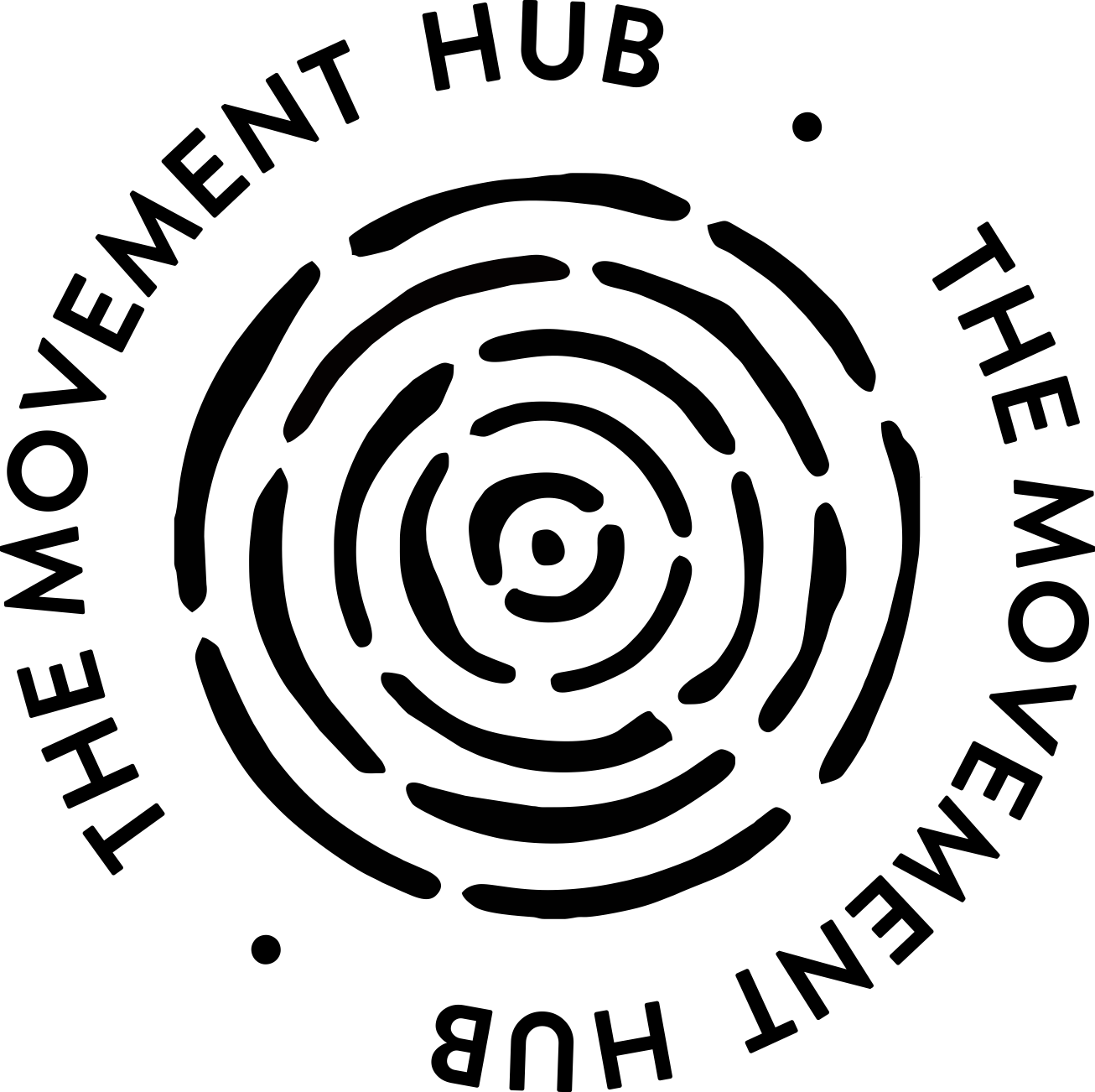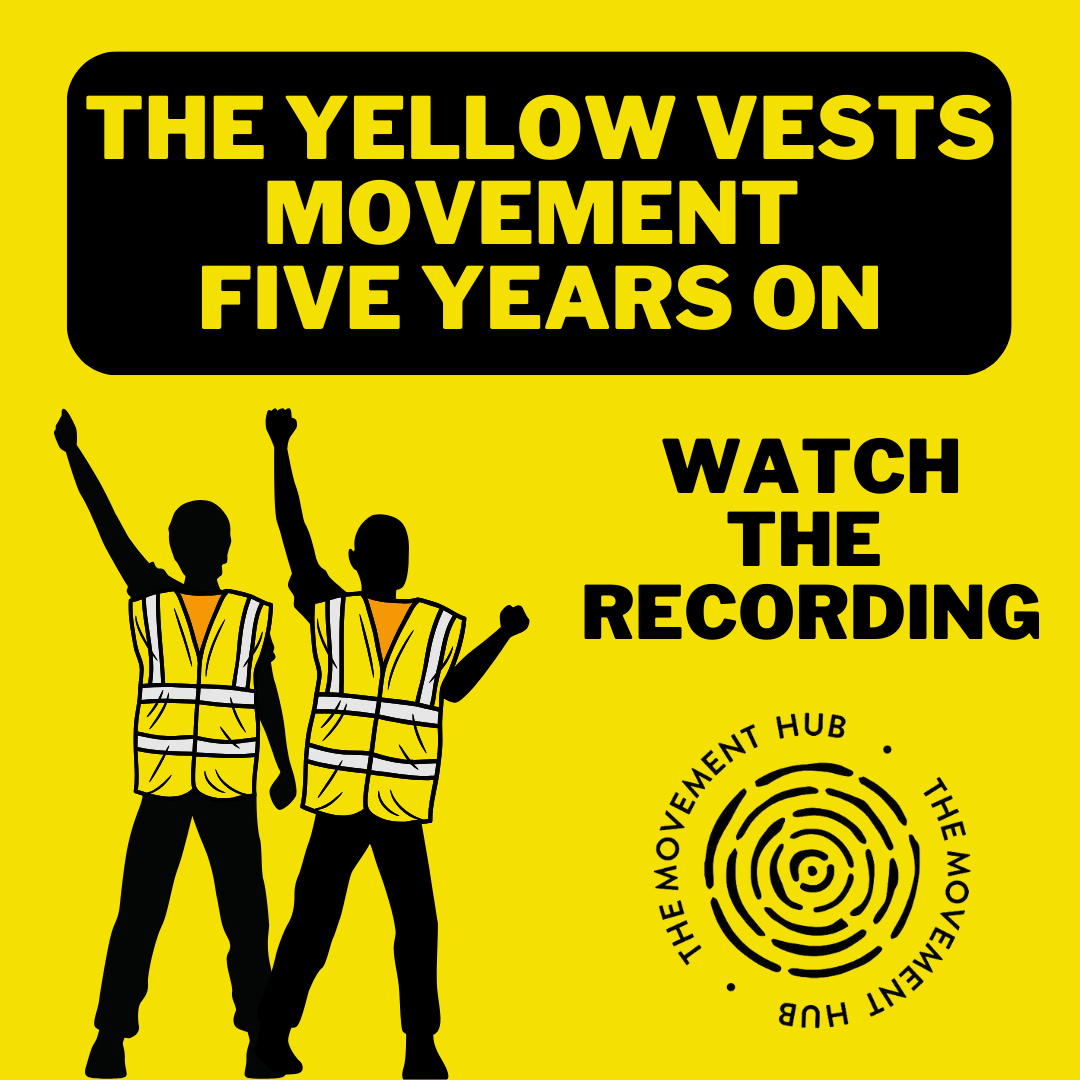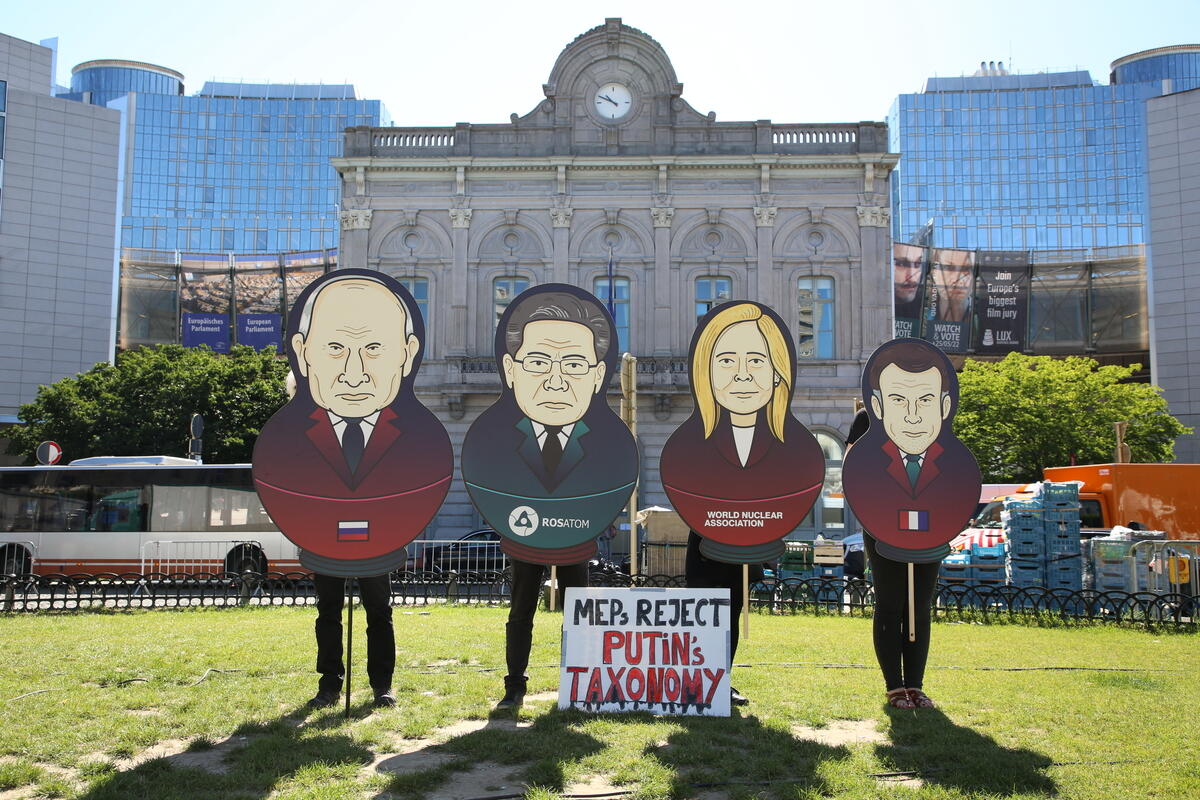
PICK YOUR RISKS:
Blockades are inherently a risky tactic that usually includes a higher legal risk for the participants. That doesn’t mean that it’s not worth doing, it just requires you to plan ahead a bit. Try to ask for legal support or advice, as this varies from country to country, and make sure everyone participating is fully informed of the risks they are taking.
There are generally speaking two types of blockades; soft and hard blockades. Soft blockades are human barriers, sitting in a line and linking arms. They are quick to do and have symbolic power and look good in media. Hard blockades use gear such as bike U-locks, lock-boxes or even vehicles. They need materials, practice and preparation, are more risky, but can stay in place longer.
Either way all participants need to be clear on your goals and what you want to achieve with this tactic. For example a symbolic blockade can communicate your message clearly and influence decision makers, but may not put a stop to whatever you are blocking. If your goal is a concrete blockade, e.g preventing anyone from entering a building, you need to make sure you have all your exits safely covered.
As you start to prepare here are a few steps to keep in mind:
- Build your team. You need people who are willing to take the legal risk but also who you can count on to stay peaceful in a stressful situation. Try to train your team and together discuss how to handle any difficult situations.
- Location, Location, Location. Scout and plan ahead, know the points where your target can’t just move around you or make your blockade ineffective. This needs to be visually interesting as well as strategically important.
- Plan. You need a plan A, B, C, D, to Z, for when things go wrong. The blockade itself isn’t the end but rather the middle. You need to follow through on legal and emotional support for participants, and continued media and political pressure of your target.
- Think Visually. What will the blockade look like? Will you use a banner or a certain color on all your clothing? Remember chains and locks can seem quite aggressive whilst sitting down and having your hands free is seen as more peaceful.
- Dress like you mean it. The media is expecting to see activists dressed a certain way that makes it easier to disregard them as militant or hippies. Consider changing the story by the way you dress. Wearing business suits or traditional clothing will tell a different story and change the way you are treated.
- Communicate. There is a risk with tactics such as blockades that they can lead to a runaway story or be very one-sided in how they are perceived. Make sure to pre-empt your targets and the media’s reaction by telling your own story. Use social media to livestream what you can or send out a press release to trusted journalists inviting them to join the blockade.
- Follow through. A blockade is just the beginning. Make sure you follow through with your media work and also the care for your team. Check in how everyone is feeling and make sure any legal consequences are not solely put on the individuals’ shoulders.





